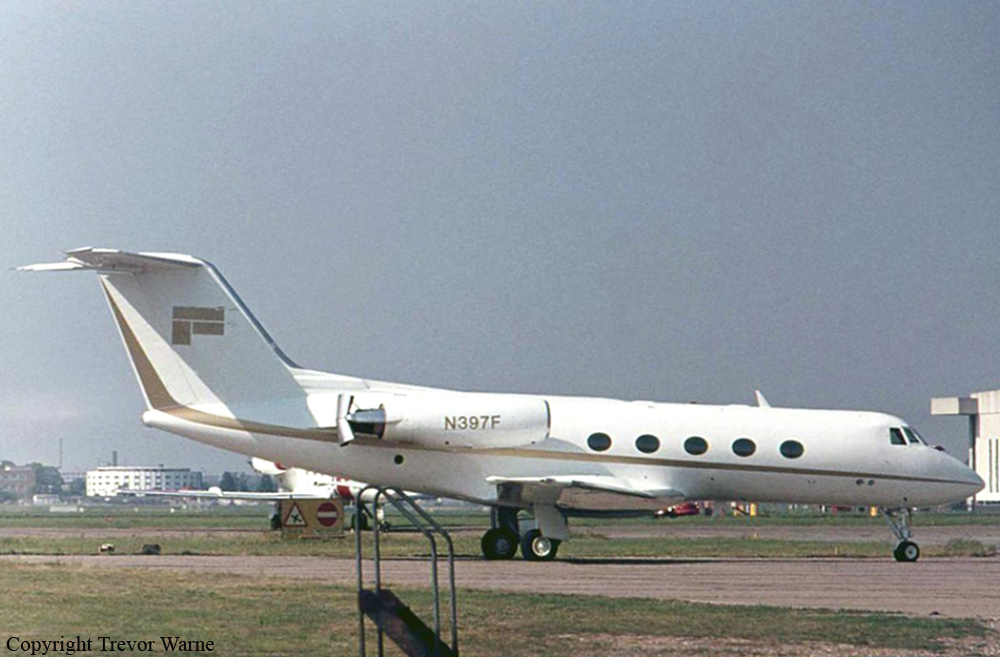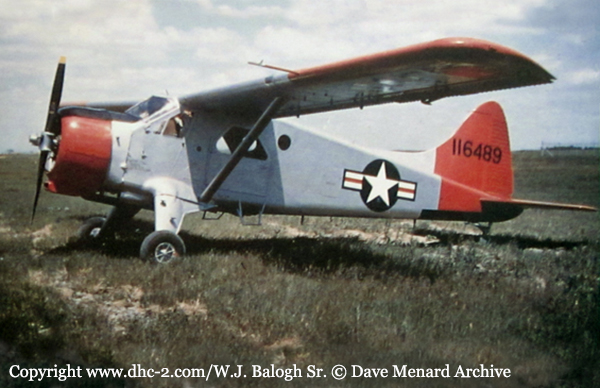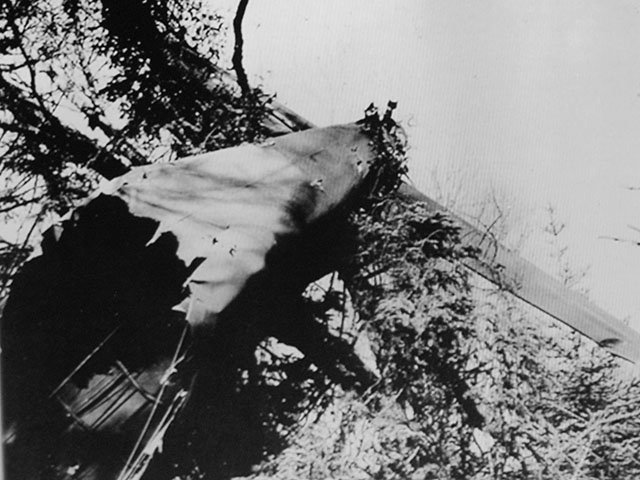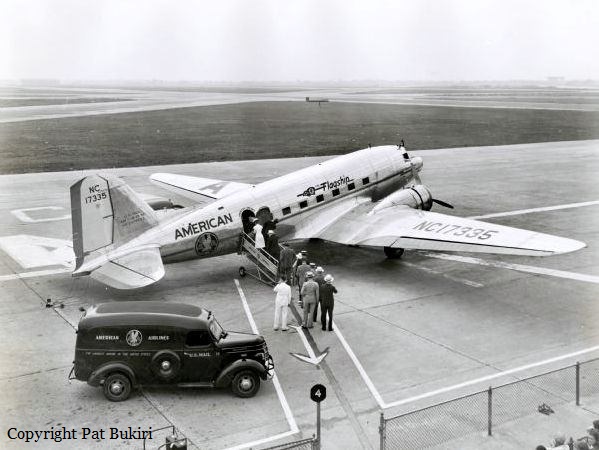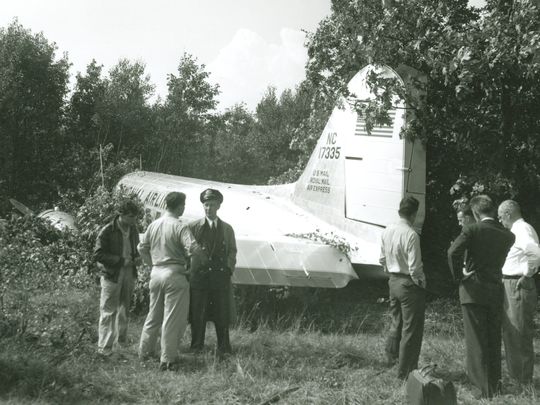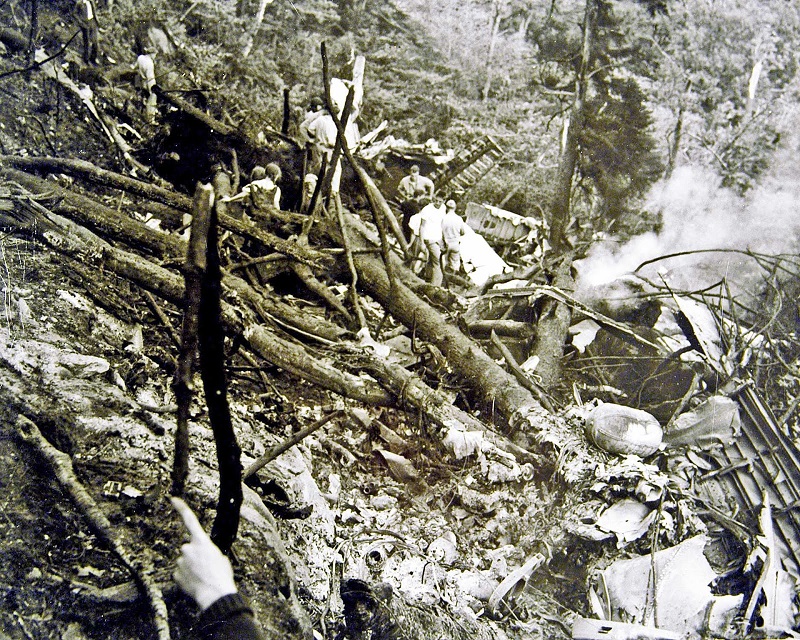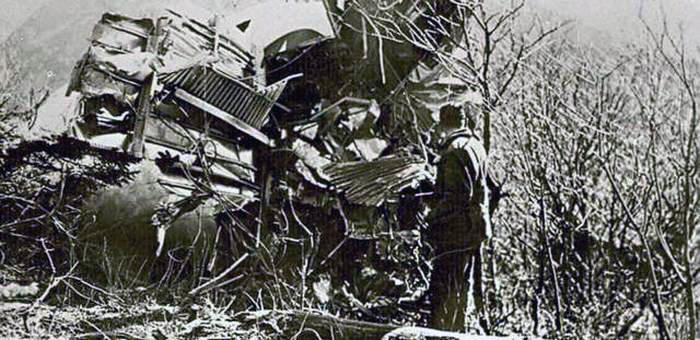Crash of a Piper PA-31-350 Navajo Chieftain in Springfield: 4 killed
Date & Time:
Mar 10, 1979 at 2216 LT
Registration:
N27530
Survivors:
No
Schedule:
Farmingdale - Springfield
MSN:
31-7852047
YOM:
1978
Crew on board:
1
Crew fatalities:
Pax on board:
3
Pax fatalities:
Other fatalities:
Total fatalities:
4
Circumstances:
On final approach to Springfield-Hartness State Airport by night and poor weather conditions, the pilot failed to realize his altitude was too low when the airplane struck the ground and crashed. The aircraft was destroyed and all four occupants were killed.
Probable cause:
Controlled collision with ground on final approach due to improper IFR operation. The following contributing factors were reported:
- Low ceiling,
- Rain,
- Fog,
- Visibility down to zero,
- Below minimums weather conditions,
- Published missed approach procedures not followed.
- Low ceiling,
- Rain,
- Fog,
- Visibility down to zero,
- Below minimums weather conditions,
- Published missed approach procedures not followed.
Final Report:


